Why Start With a Double Dyno?
A double dyno is the most extreme form of a dyno. A climber literally jumps with both hands from a starting set of holds to the next set. This is in comparison to a single dyno, which we will cover in the next article.
Despite being extreme, the double dyno is the simplest form of a dyno to use as an example. It can be made relatively easily! You use big holds over short distances for the purposes of learning the body position and motion necessary to be successful.
Understanding the Deadpoint
The double dyno is a great way to differentiate between deadpointing. Can’t remember what a deadpoint is? Deadpointing is essentially a dynamic climbing move that helps with efficiency by using upward momentum. It is typically more controlled than dynos. We covered deadpointing in detail here, so be sure to check it out if you need a refresher.
We are getting into advanced climbing topics and it will be helpful to understand these different techniques in order to climb more efficiently. It’ll make you a badass climber, too.
What is a Double Dyno?
A typical double dyno is similar to what was described above. One exception is that at least one foot remains on the wall throughout the move. This is the simplest (though not necessarily the least physically difficult) dyno to teach.
How to Double Dyno in 5 Steps
Step 1:
Start as with any move, hands-on two holds with straight arms, both feet on in a front step or toe-in position.
Step 2:
Keeping your arms straight and knees bent, arch your back to get your hips into the wall and nearly over your upper foot.
Step 3:
Pressing up into a jump with your legs, “spin” around your arms, bending them only at the moment your hips reach the line of your start holds.
Step 4:
Push off the footholds toward the two finish holds for the move. Keep your shoulders back as long as possible to maintain tension as your body rotates around the start holds, letting go with both hands as late as possible.
Step 5:
As your legs reach full extension and you reach for the finish holds, “flip” your shoulders forward and latch the finish!
There you go! Easy, right?
Differences Between the Double Dyno and the Deadpoint
Body Position
As you may notice, the body position and motion described above are similar to a deadpoint. You start with straight arms, arch your back into and over your motion point (foothold), press up with your legs, and flip your shoulders to finish the move.
In fact, this form of double dyno (where your feet remain on the wall), can even be considered a “two-handed” deadpoint.
Probability of Falls
But, the two-handed nature of the move (dropping both hands to move, and grabbing with both hands at the end), takes us away from the comfort of always having at least one hand on the wall. It ultimately ups the ante if we miss.
Missing your hold in a deadpoint can be unnerving. But, does not have to end in a fall. It is possible to recover from a missed deadpoint, though it is generally strenuous.
In a double dyno, missing your target hold, or holds, will almost always result in a fall. As such, it requires both timing and precision that is not typically called for in “less extreme” dynamic moves.
This need for precise aim and timing is one of the differentiating factors between deadpoints and dynos.
All material is reprinted with the permission of the author. Copyright 2022 David H. Rowland. All rights reserved.




